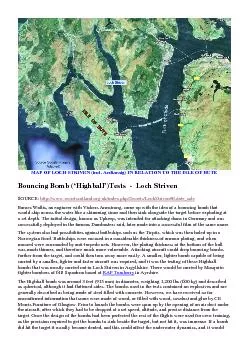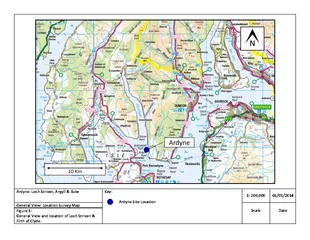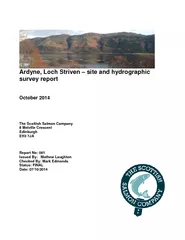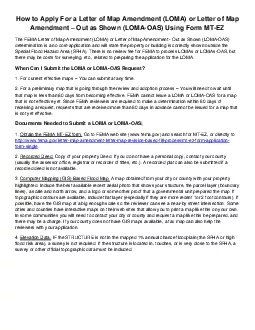PDF-MAP OF LOCH STRIVEN (
Author : briana-ranney | Published Date : 2015-11-04
incl Ardtaraig IN RELATION TO THE ISLE OF BUTE B ouncing Bomb x2018 Highball x2019 Tests Loch Striven SOURCE httpwwwsecretscotlandorgu kindexphpSecretsLochStrivenEstates
Presentation Embed Code
Download Presentation
Download Presentation The PPT/PDF document "MAP OF LOCH STRIVEN (" is the property of its rightful owner. Permission is granted to download and print the materials on this website for personal, non-commercial use only, and to display it on your personal computer provided you do not modify the materials and that you retain all copyright notices contained in the materials. By downloading content from our website, you accept the terms of this agreement.
MAP OF LOCH STRIVEN (: Transcript
Download Rules Of Document
"MAP OF LOCH STRIVEN ("The content belongs to its owner. You may download and print it for personal use, without modification, and keep all copyright notices. By downloading, you agree to these terms.
Related Documents














